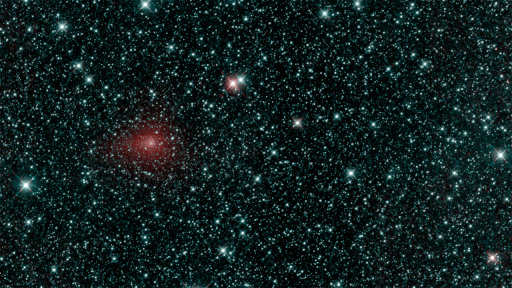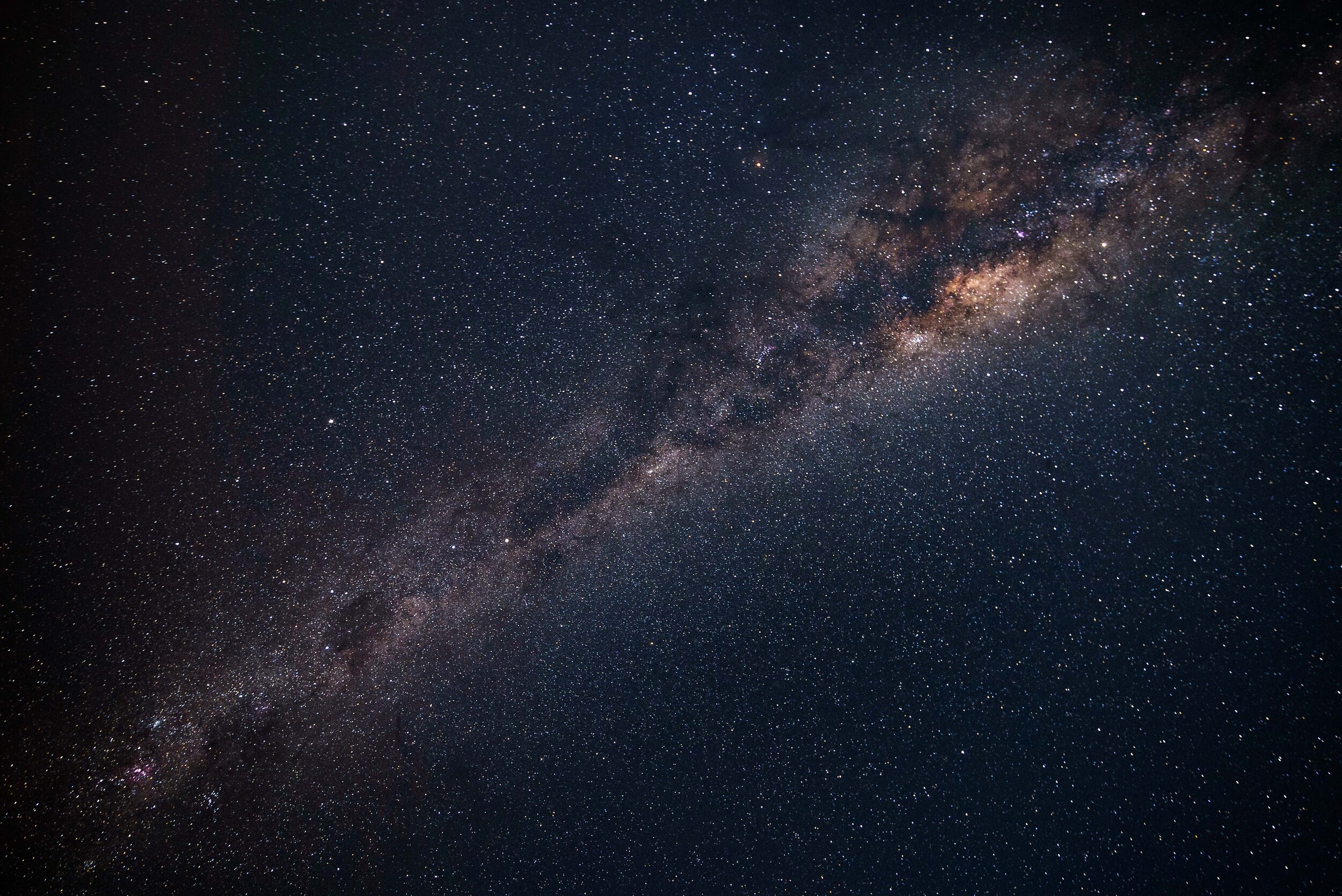The NEOWISE Comet By Steve Tabor
The NEOWISE Comet
By Steve Tabor
We have been treated to an astrological light show during the month of July as the comet, commonly known as the NEOWISE Comet, reaches its closest point to earth during its 600 to 700-year orbit around the sun and it will not return for another 6,800 years.
Comets are composed of ice, rock material and dust. As comets streak across the solar system they create two tails. One tail is formed by the trailing dust and gas which is reflected by the sun’s light. An ion tail is made of electronically charged gas molecules which are blown by solar winds. Emily Kramer, a science team co-investigator for NASA’s NEOWISE mission at NASA’s Jet Propulsion Laboratory, states that the NEOWISE comet may also have a tail containing atomic sodium. This finding will provide additional insights for researchers into the comet’s composition.
According to Kramer, using infrared technologies NEOWISE is estimated to have a 3-mile diameter and considered to be a slightly larger than an average size comet. Scientists have indicated that NEOWISE’s brightness allows scientists to gather better data about comets than that from lesser lit comets.
NEOWISE is currently traveling at a rate of 40 miles per second (144,000 mph), that is approximately twice the speed earth is orbiting the sun. However, the comet’s speed does decrease the farther its extremely elliptical orbit takes it away from the sun. The comet’s speed will increase as it circles back around the sun and its increasing gravitational pull. Kramer estimates that the comet contains enough water to fill 13 million Olympic-size pools and that it is composed of nearly equal parts water and dust.
Currently, NEOWISE is 70 million miles away from earth. On July 23rd, NEOWISE will reach within 64 million miles of earth, marking its closest point to our planet. NEOWISE reached its closest point to the sun on July 3, 2020 at 27 million miles.
Comets are often given named after the astronomers that were the first to discover the heavenly body. NEOWISE is no different, except the discovery was not made by an individual, instead it was a NASA space probe that was tasked with finding Near Earth Objects (NEO) using a telescope on the Wide-field Infrared Survey Explorer (WISE), thus the name NEOWISE. Originally the WISE mission telescope operated from December 2009 to February 2011 to find asteroids. In September 2013, the telescope was reactivated to find near earth space objects. On March 27, 2020 the telescope discovered NEOWISE comet. NEOWISE was the third non-periodic comet discovered in the second half of March and given the official name of C/2020 F3.
NASA estimates that NEOWISE will remain visible at this time in the northwest sky just below the Big Dipper until July 23rd just after sunset using binoculars or a telescope.
Confused over heavenly space objects? Asteroids and comets were formed approximately 4.5 billion years ago. Comets are comprised of ice, rocky material and dust. Because asteroids were formed closer to the sun, they are comprised of metals and rocky materials and remain more solid and self-contained. Meteoroids are a piece of asteroids, comets and possibly planets that become dislodged during a collision and travel through space. They become meteors when they enter the atmosphere of a planet.
The photograph for this article was taken from Lunda Bay just after sunset.
Sources:
Steve Tabor Bio
This South Bay native’s photographic journey began after receiving his first 35 mm film camera upon earning his Bachelor of Arts degree. Steve began with photographing coastal landscapes and marine life. As a classroom teacher he used photography to share the world and his experiences with his students. Steve has expanded his photographic talents to include portraits and group photography, special event photography as well as live performance and athletics. Steve serves as a volunteer ranger for the Catalina Island Conservancy and uses this opportunity to document the flora and fauna of the island’s interior as well as photograph special events and activities.
Watch for Steve Tabor Images on the worldwide web.




